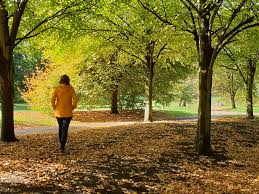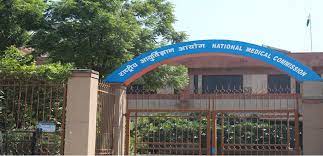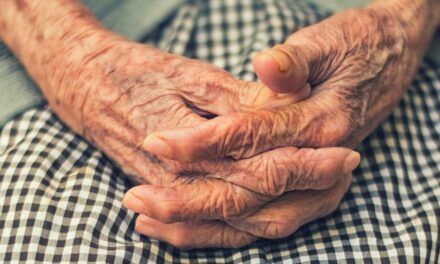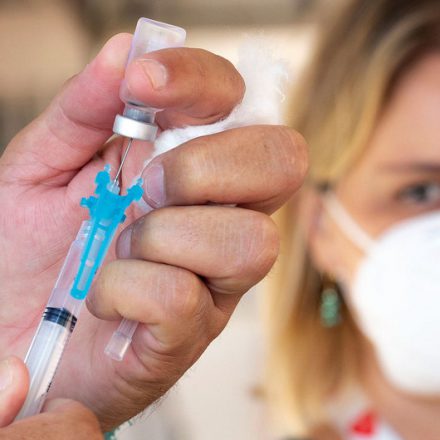A new review published in the American Journal of Lifestyle Medicine highlights the health advantages of physical activity in natural settings (PANS) compared to indoor exercise, calling for more research to fully understand these benefits and the role of health professionals in promoting PANS.
Background Regular physical activity is well-known for preventing chronic diseases, boosting immune function, improving mental health, and extending life expectancy. Recent studies have added to this by showing that spending time in nature can enhance cognitive function, mood, and immune response.
Despite guidelines recommending adults to engage in 150-300 minutes of moderate or 75-150 minutes of vigorous activity weekly, less than a quarter of Americans meet these standards. This review explores whether PANS provides additional benefits over indoor activities, examines the factors influencing PANS, and discusses strategies for promoting it, especially among priority populations.
Benefits of PANS Over Other Exercise Physical activity can take place in various environments, such as walking in a forest versus a mall. “Green exercise” suggests that PANS offers extra benefits. Research comparing PANS to indoor exercise shows potential advantages in cognitive function, mood, social interaction, and enjoyment. However, existing studies are diverse and often low quality, leading to inconsistent results. While PANS appears to offer superior short-term benefits, more research is needed to confirm long-term outcomes.
Nature Connectedness and Mental Health Nature connectedness, or how much a person identifies with and feels connected to nature, is key to optimizing the mental health benefits of PANS. Studies show that individuals with high nature connectedness experience greater well-being, reduced anxiety, and increased life satisfaction when engaging in PANS. Promoting nature connectedness through early childhood experiences, education, and biophilic environments could enhance these benefits.
Drivers and Associations of PANS PANS can effectively promote physical activity as people often prefer outdoor environments. Accessibility, cost, and physical features of parks and trails, such as amenities and maintenance, influence visits to natural settings. Urban areas generally have better access to parks than rural areas. Programming, public engagement, and a sense of community ownership also boost visitation. Perceptions of safety, especially for women, seniors, and parents, are crucial, as is the belief in the benefits of nature. Positive attitudes towards greenspaces can increase visitation, further promoting physical activity.
Promoting PANS to Maximize Health Benefits Promoting physical activity in natural settings involves more than just increasing parkland; facilities and amenities such as sports courts, playgrounds, paths, and natural features enhance park use. Interventions like playgrounds, safe access, and park renovations are effective, though study quality varies. Neighborhood context and organized activities like yoga or sports leagues also drive park use. Green schoolyards and community gardens particularly benefit children’s health and reduce sedentary time.
However, demographic factors influence park use, with variations across gender and ethnic groups. Comprehensive strategies combining infrastructure improvements and structured programs are most effective in promoting physical activity in natural settings. Promoting PANS must address barriers faced by priority populations, such as Black, Indigenous, and People of Color (BIPOC) and immigrant communities, who encounter discrimination and inequities in access to quality greenspaces.
Conclusions PANS is a powerful strategy to enhance both physical activity and nature exposure. Promoting PANS offers significant health benefits, but longer-term studies are needed. Factors such as access, physical features, neighborhood context, and programming influence time spent in PANS and physical activity levels. Barriers for BIPOC communities, children, older adults, and people with disabilities must be addressed. Health professionals can support PANS through prescriptions, modeling, and community programs.
Journal Reference: Maddock, J.E., & Frumkin, H. (2024). Physical activity in natural settings: an opportunity for lifestyle medicine. American Journal of Lifestyle Medicine, 2024.












